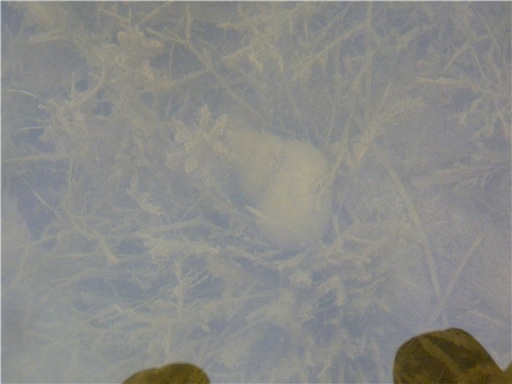Habitat
Where in the world is C. chinensis?
C. chinensis is native to southeast Asia, however,
it has taken hold in many other areas as an invasive species
(Nature Serve, 2011). The snail was first introduced to the
United States in 1892 when it was sold in Chinese food markets
in San Francisco (USGS, 2009). Since its introduction, this
organism has spread to nearly every state in the United States
as well as several areas of Canada (Nature Serve, 2011).
United States: AZ, CA, CO, CT, DE, FL, IA, ID,
IL, IN, KS, MA, MD, ME, MI, MN, MO, NC, NE, NH, NJ, NY, OH, OR,
PA, RI, TX, UT, VA, VT, WA, WI (USGS,
2009)
Canada: British Columbia, Nova Scotia, Ontario,
Quebec (Nature Serve, 2011)
Habitat
C. chinensis is a freshwater snail. The preferred habitat of this organism is still bodies of water with silt, sand or mud substrate covering the bottom. They may be found in slow moving portions of rivers or streams in addition to lakes and ponds (USGS, 2009). Studies have found that this particular snail is able to survive in an environment between 0°C and 30°C (Karatayev, 2009). The body of water must also have a high calcium concentration (greater than 3 mg/l) in order to easily take up the calcium required to build its shell without expending excess energy (Nature Serve, 2011). Because C. chinensis has a relatively large shell, its calcium requirements may be slightly larger than other gastropods in similar environments (Solomon, 2010). Individuals can typically be found buried into the substrate along the bottom of a body of water (Menno Soes, 2011).
To learn how to identify C. chinensis check out identification.
Go Home

